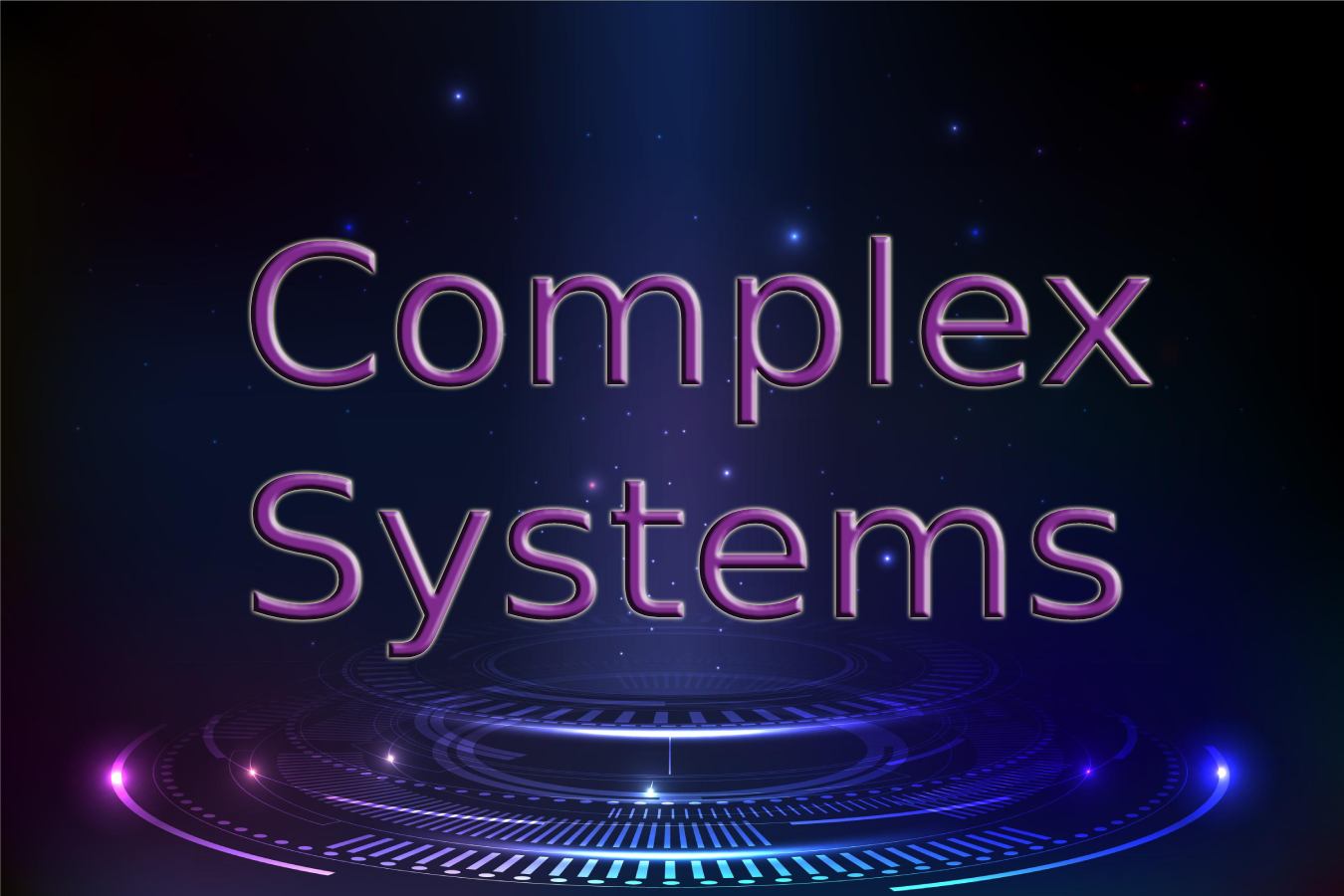Why Our Previous Form Of Making Decisions No Longer Works
The Consequences Of Complexity
We have been hearing for many years that the complexity of the world is constantly increasing. But, are we even aware of what that means. Do you also experience that it is becoming increasingly difficult to make the right decisions? Do you, like me, notice that decisions are being revised more and more frequently – the same facts are suddenly being decided differently?
If you want to understand why this is the case, you have to know how complex systems work. They react completely differently and have a high momentum of their own. But first we need to clarify what complexity means.
What Does Complexity Mean
In our globalized, highly networked world, we mostly deal with highly complex problems. Simple, goal-oriented strategies are of no help here. You solve a sub-problem, but in doing so you immediately create new ones.
In order to make decisions, it is necessary to grasp the systemic character of the initial situation. It is important to understand networking, to make functional chains transparent and to recognize the consequences of repercussions and control loops. Each system is also part of a higher-level system with which it communicates and is connected. The various variables of the system do not exist independently of each other, but influence each other. The existence of many interdependent features in a section of reality is what we call complexity.
Complex Versus Simple Systems
Change management in complex systems is subject to a different approach than in simple systems. Simple systems often work based on “if-then relationships” – when I press the switch, the light comes on. However, as already explained, complex systems are characterized by very different relationships between their variables. This requires a different type of management and leadership.
The 10 Steps Of Change Management In Complex Systems
- If you want to change something in a system, the first step is to delimit the system. It must be clear in which subarea the change is to take place.
- Then it is necessary to understand the previous development of the system.
- Also clarify what will happen if you don’t intervene.
- Analyze the problem you want to solve. Establish the goals of the change.
- Network the goals with each other and resolve the conflicting goals.
- Create a goal system that allows you to see how goals relate to each other.
- Get the information you need to make a decision without getting bogged down in the details.
- Work recursively, create opportunities for self-control and self-regulation, and admit when you’re wrong.
- Plan the change step by step
- Implement your plan, knowing that you will always question it
It always helps to use common sense. Smart decisions take time. Distance from everyday life helps as well as a critical reflection of one’s own behavior, one’s own motivation and the decisions we want to make.
Also Read: How Do We Retain Our Customers? 7 Effective Strategies





